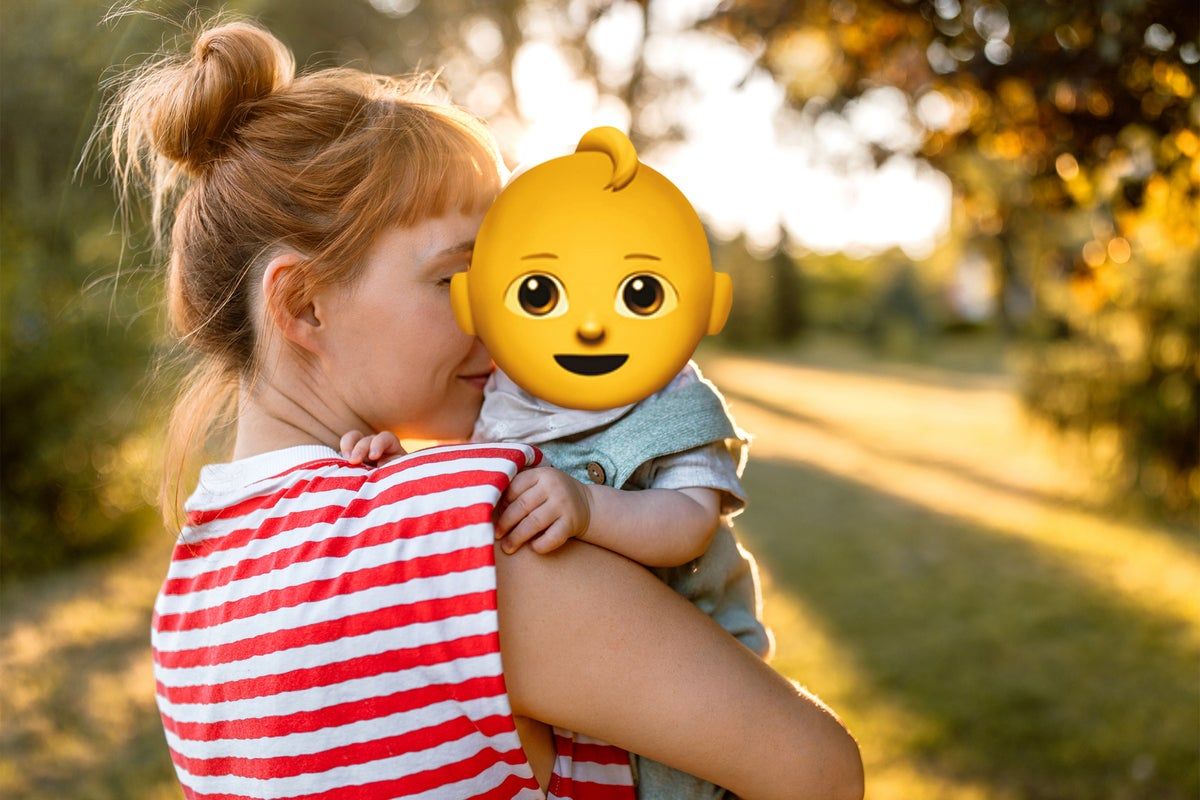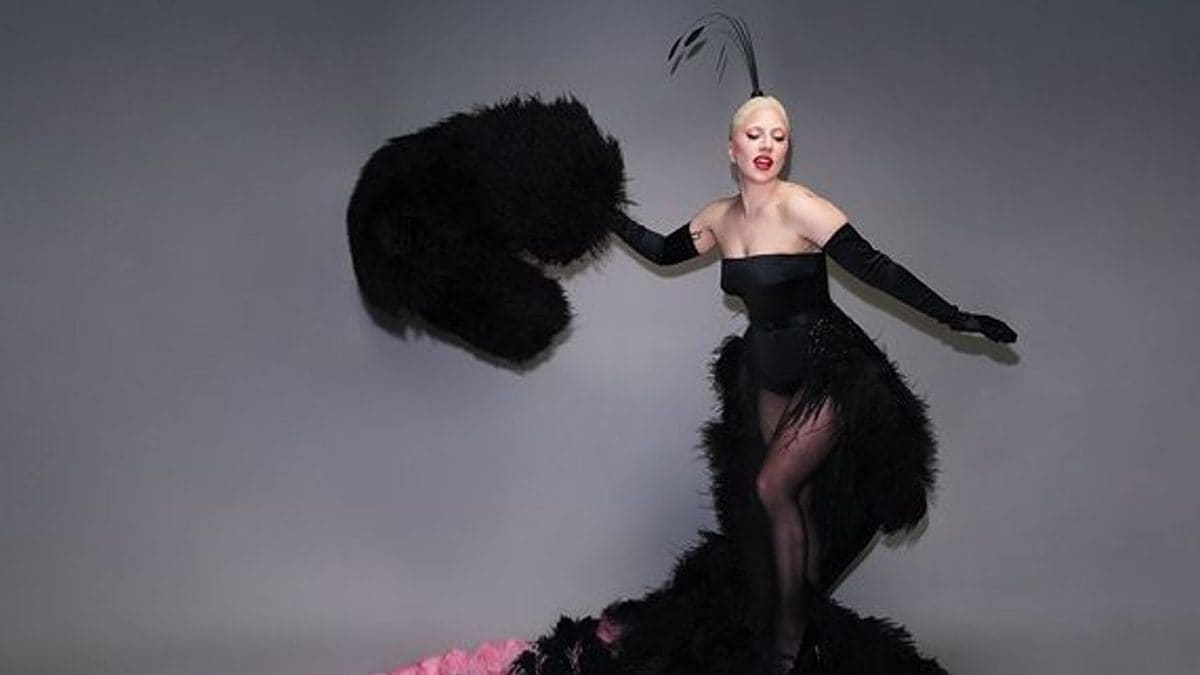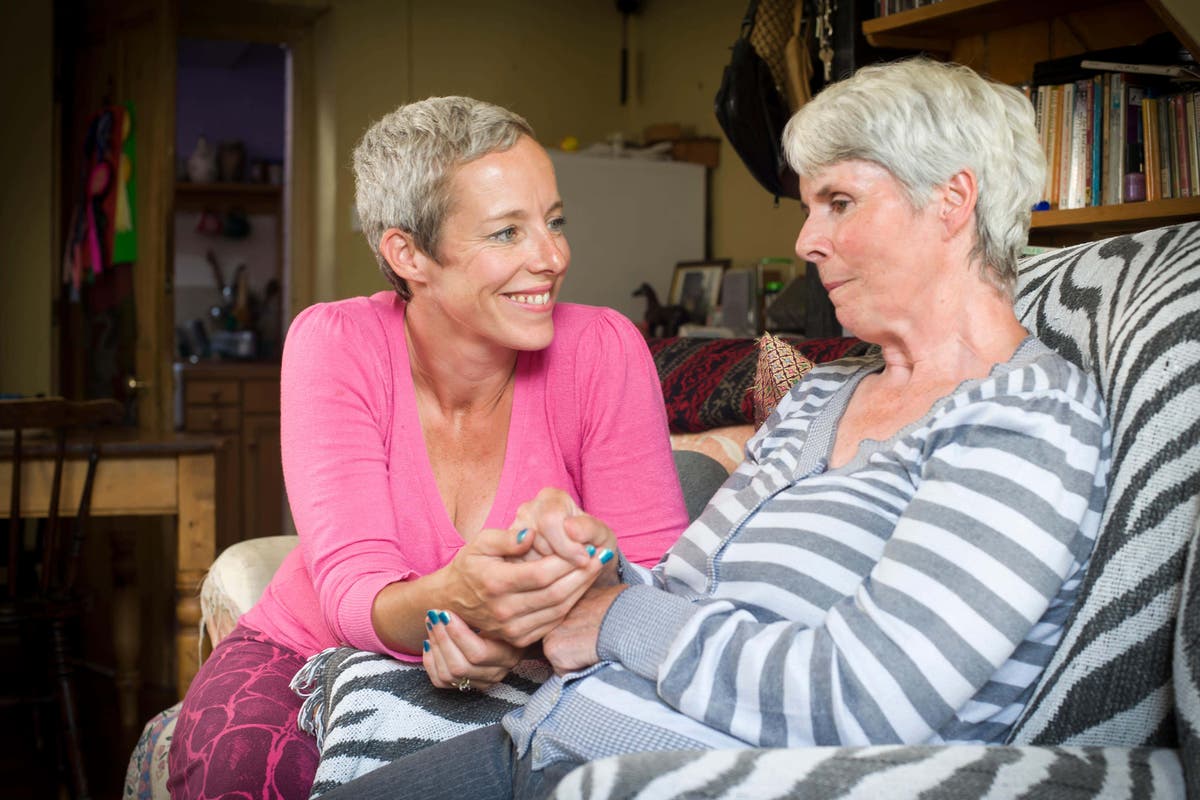Tor publish your children or not to publish your children? It is a very modern and very controversial parenting enigma. For each mother or dad who chooses to digitally document each stage of the life of his little dear in almost forensic details, he will find a rejection of social networks whose children are completely absent from his online footprint. For others, however, there is a third option. They will share photos of their offspring, yes, but, and here is the crucial part, they will obscure the characteristics of the children completely when an emoji appears on their faces.
The favorite emoji for work? Inevitably, it tends to be the baby, with its open eyes, a small hair curl and a slightly strange smile, although a heart (available in almost all colors of the rainbow) is another popular option. What if your little angels behave more like small monsters? There is always the emoji demon.
The appeal, of course, is to have your cake and eat it. Emoji screaming at your children is a way of providing an idea of what you and your family (no doubt very pretty) are doing, without placing their characteristics on the Internet to perpetuity. In theory, you can proudly share the offices of daily life (and experience the dopamine fever that comes when the like and comments arrive) at the same time that they protect young people from the evils from social networks. You can navigate the thrust between the desire of your friends and family to keep up with your children and your own concerns about privacy, with only a few taps on your smartphone's screen.
It sounds like a mutual benefit, right? It is not surprising, then, that it is becoming such an ubiquitous practice. Now that I am in my thirty years, my food on social networks are full of birth ads, but detecting a real human baby in any of these publications is a rarity. I am much more accustomed to seeing representations of baby cartoon that would otherwise be realistic family snapshots.
Like much of our digital behavior, this trend began among celebrities and seems to have been reduced to American civilians. The tastes of Gigi Hadid, Priyanka Chopra and Blake Lively have chosen to hide their children in this way (presumably due to completely reasonable security concerns about the transmission of their children's faces to millions of people around the world).
Earlier this month, Meghan Markle was inevitably news when he shared photos of a trip to Disneyland, hiding Archie, six years old, and Lilibet, four years Zuckerberg blocks the faces of his older daughters when he publishes them online.
But is this approach really the solution to all your concerns about “sharing”? I apologize for being the bearer of bad news, but the answer is a resounding … no. “I need to be brutally honest here: putting an emoji on a child's face does not provide virtually no real privacy protection,” explains Lisa Ventura, a specialist of cyber security and founder of Cyber Security Unity. Instead, he adds: “This approach is more security theater than real security”; In other words, it is a way to make your concerns about privacy, instead of doing something really significant to address them. Essentially, it could be a gesture that is more about parents than children.
Even with the dark face, you are still sharing large amounts of identifiable information
Lisa Ventura, cyber security unit
The main problem, says Ventura, is that “even with the dark face, he is still sharing large amounts of identifiable information” about his son. Published a photo of them in uniform with the logo or visible crest? Your followers can now solve where they go to school every day. Even without the face on display, it is still possible to obtain details such as your “approximate age, build [and] Photo location data, “adds Ventura, and” everything builds a profile. ”
It may seem alarmist, but the large volume of information that a casual observer can choose from its social media profile is amazing. Adding time -related time brands, such as documenting the school that is executed in an Instagram story, for example, it may be another way of inadvertently transmitting details that would remain better in private. And it is not only other users that you should consider, but the digital platform you are using. “Every photo you upload trains facial recognition algorithms and builds advertising profiles,” says Ventura.
There is a lot of conflicting information by doing online rounds about whether you can really “eliminate” an emoji that has been placed in an image. “There is a lot of aging on the AI that can magically rebuild faces of the photos covered with emoji,” says Ventura, as well as several digital tools that claim to get rid of this layer. However, for the most part, when the image is saved, the original will be overwritten; You can't see “behind.”
So, the main problem is not the threat of taking off the emoji, but the fact that “most parents not only publish a carefully protected photo Emoji,” adds Ventura. “They are sharing multiple images over time, and the combined data of all these publications create a privacy concern much greater than any unique image.” And if some masks drawn on their faces appear more laissez-fairebout what you are publishing about your children, in fact it could be counterproductive.
Of course, none of this is to suggest that you are a bad father to do this. Being proud of your children is a sin. And choosing how much sharing online is a highly personal decision, one that could be influenced by a wide variety of factors. Maybe he lives thousands of miles from his extended family and wants them to feel that they are involved in the lives of their children. Or maybe he has just had aggressive in -laws that do not understand their concerns and want to share photos of their beloved grandchildren with their Facebook friends. “Sharing joy is such a natural human instinct,” says Ventura, who says he can “completely understand” why parents do this: “They want to share those precious moments, the first steps, birthday parties, family vacations.”
Using an emoji as a shield, Ventura adds: “It feels like a commitment because it allows parents to maintain that social connection” while “giving them the psychological comfort that they are taking some kind of protective measure.” Even the fact that it shows that parents are thinking about privacy is important, he points out, as a “first step towards better digital hygiene.” But the general effect is very similar to a plaster that adheres: “It could make you feel that you are doing something, but in reality it does not address the underlying problem.”
If you do not deliver a physical copy of that photo to a complete stranger on the street, do not publish it online
Lisa Ventura, cyber security unit
So what should we really consider before publishing? Ventura recommends asking “what story does this photo tell?” As a starting point, considering details such as “metadata, background details [and] The patterns over time “(as publications of the school or birthday). Even reflective surfaces” could show things that did not intend, “he adds. She asks.
Another general rule? “If you do not deliver a physical copy of that photo to a complete stranger on the street, do not publish it online,” he adds. “Because that is essentially what you are doing, except that Stranger could keep it forever, or worse, use it in unauthorized ways that you did not pretend.”
When their two children were younger, the cybersecurity strategy manager, Bharti Lim, used to share photos without gravation, but since then has changed completely. Now, adopt a more analog approach to obscure the identities of their children. “The back of their heads is often seen in the photos that are shared, or her face is obscured in some way with things like hats, swimming glasses or that do not face the camera,” she says, to make sure that “the face is too difficult to distinguish”, and that what covers it is “baked in the original photo when it is taken so it cannot be eliminated by the software hacks.”
It also avoids loading videos in which they speak: “The generative AI is incredible in what it can produce, but it can also be used for incorrect things, and I do not want my children to be used as a source until they are ready to make this decision for themselves.”
And there is the most thorny theme. Children cannot really consent to their lives splashed online, with or without emoji coverage. And once the photos of them are uploaded, they are effectively preserved in digital amber. “Children deserve to have that protected right until they are old enough to make informed decisions about their own fingerprint,” says Ventura. “You can mean missing some like and comments, but protecting the future autonomy of our children could use that sacrifice.”












